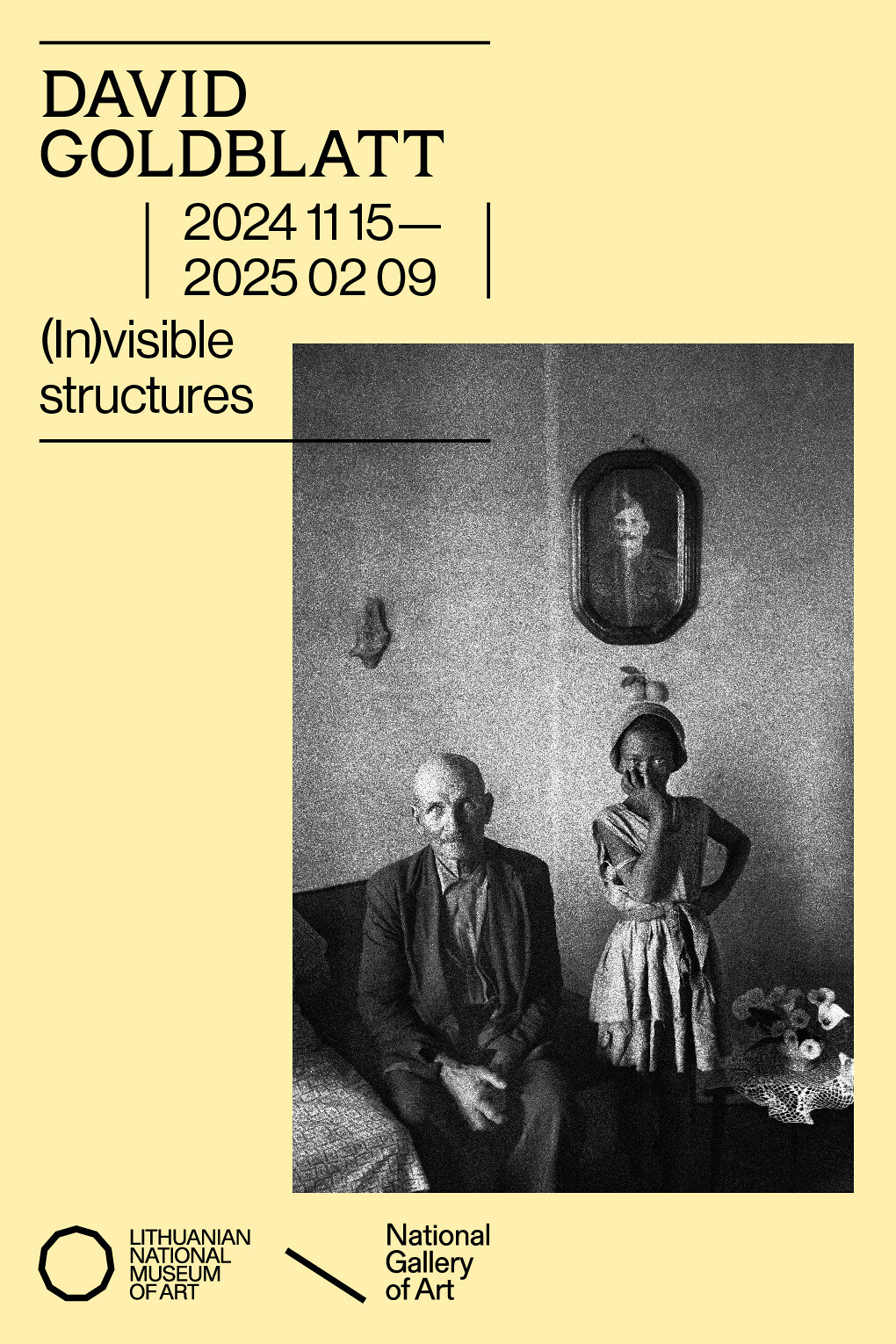Sreshta Rit Premath
Falling
August 15–September 23
Opening: September 9
Ace Gallery
5514 Wilshire Blvd.
Los Angeles, CA 90036
For his first solo exhibition in Los Angeles, Sreshta Rit Premnath presents Falling, a multi-part exhibition linking two projects titled Plot and Cadere/Rose.
The “Cadere” in Premnath’s Cadere/Rose, refers both to the word falling in Italian, as well as to André Cadere (1934–78), the Polish-born artist who acquired a reputation of a crank in the Paris art world of the 1970s, by leaning works of his, known as “Barres de Bois Ronde”—wooden dowels painted in segments—against the walls of other artists’ exhibition spaces. This act posits a split between the materialized aspect of the work and the performative act of its placement.
But, like the readymade that reverts to its original function once removed from a space for viewing art, the Round Bars have only to be removed from their exhibition context to be divested of their capacity to usurp the authorship of an exhibition. In this sense, the material object itself undergoes an identity shift by virtue of its fluid context, and, also, more specifically, in relation to its proximity with the artist’s person, the criterion for whether it is a performance prop or a fully-constituted art object with both formal and conceptual aspects.
These themes of shifting elements that comprise authorial identity e.g. the status of the materialized artwork in relation to the general context, and the more specific condition of proximity to the person of the artist; the shifting identity of the artist in the perception of the viewer—in turn a function of the artist’s own physical context and that which has informed or distorted the viewer’s perceptions and even distorted conclusions—all these are compounded by Premnath’s recapitulation of formal allusions to Cadere’s work, in Cadere/Rose.
This fluctuation of the artwork between object and index is apparent in Premnath’s series of folding rulers. These lean against walls, painted red with rose extract only to be occasionally interrupted by segments of chroma key green, and the lines of gradation that reveal the function of the ruler.
By “expropriating” his own exhibition Premnath, stands Cadere’s original performative act on its head, but without diminishing a multiplicity of potentials of authorial identity—none of which would deny his own authorship of the work, but which, instead, provoke us to experience an oscillating system of versions of authorship in tension with each other.
One of these has to do with the Rose of the title, a performative action documented in the print, Recto/Verso, and accompanying texts. As a native of India, the artist could not but notice that his physical aspect resembled that of many Bangladeshi immigrant flower sellers who hawked roses in the squares of Rome, where his exhibition took place. At first confident of any onlooker’s perception of his identity, the artist realized that, “If I were holding a bouquet of roses, I too would disappear.”
The invisibility of the immigrant in his/her new surrounding, the effacement of individual identity the places and its perceptions impose—these conditions not only extend the displacement of authorship in Cadere, but allow us to reflect on his own immigrant condition of invisibility in Paris, and on the condition of all the immigrants whose identities continue to remain invisible to us even as they circulate in our midst.
This strange relation to space that infuses immigrant status becomes ever more acute in the videos titled Sleeping Dogs, and the installation Plot, which take as a point of departure the contradictory relation between the bodily occupation of space, and the ownership of property. The dogs sleep in the midst of cities where they are vulnerable, in spaces to which they have no juridical right. Compelled by necessity, their occupation of these spaces evokes a relation to space that transcends ownership, and which we do not easily transgress.
–Drew Hammond
In this sense, not only does the context change our perception of the art object or that of personal identity, but also a shift in attention that can change our perception of a context.
Falling is the first of a series of exhibitions to take place at several sites in Los Angeles, of works by artists of Metonymic Narrative, i.e. in which the material aspect of the work constitutes a metonym of a narrative devised or chosen by the artist.


